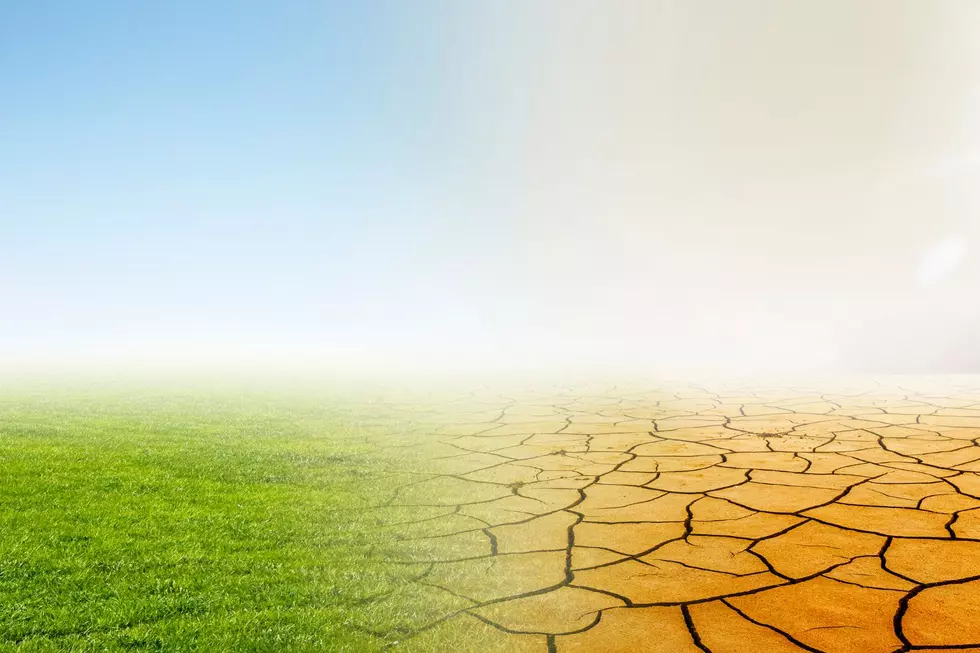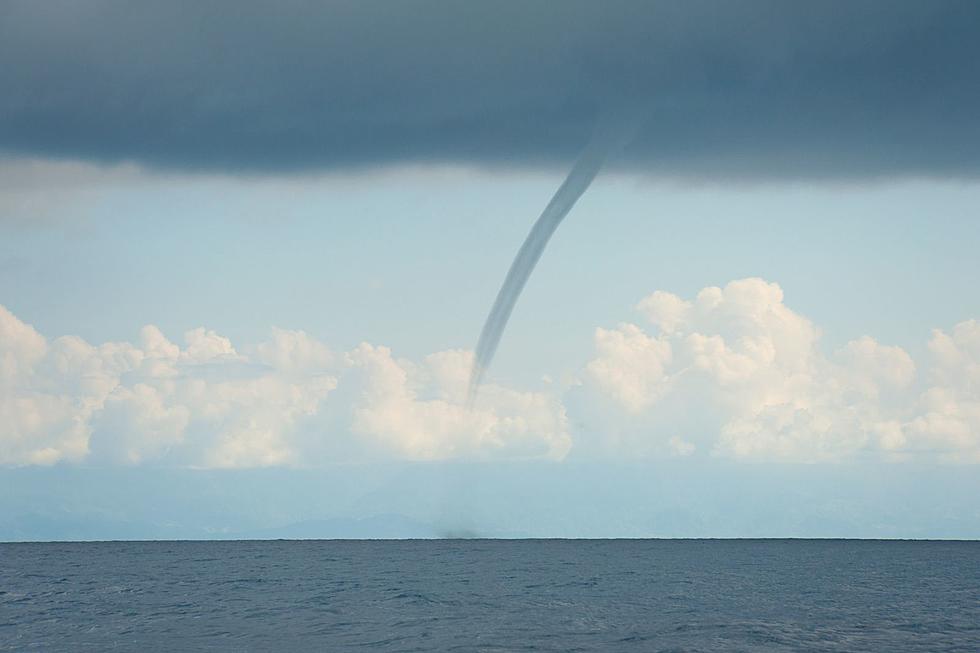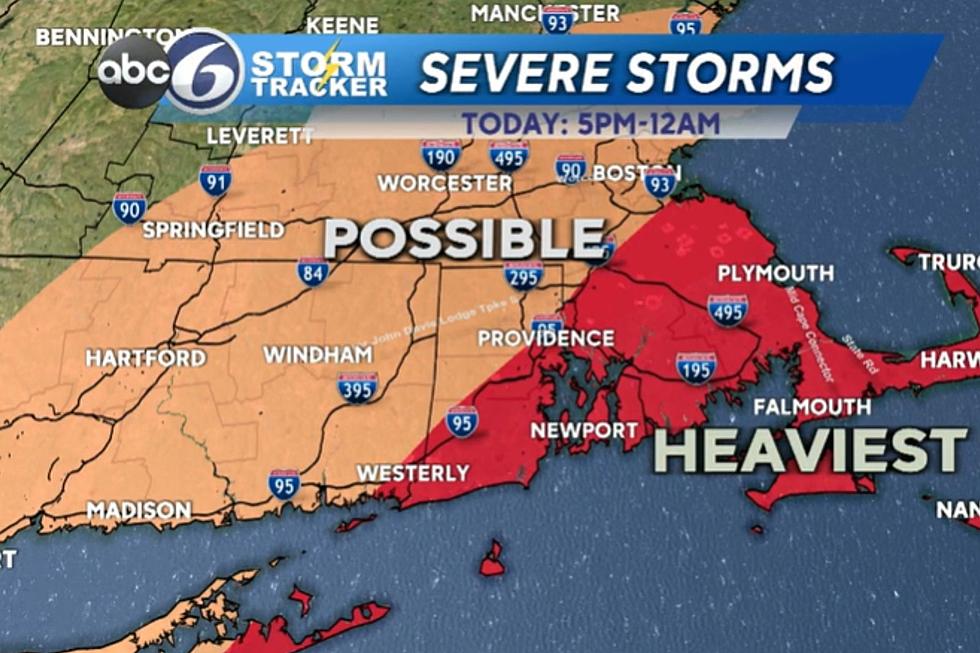
ABC6 Meteorologist: Severe SouthCoast Drought Is a ‘Dire Situation’
We invited Chelsea Priest from ABC6 onto the show this morning to talk about the growing concern of the drought here on the SouthCoast.
Listen: Chelsea Priest Talks SouthCoast Drought with M&M
"We haven't had one good rainy day in as long as I can remember," Priest said. "It's been a couple of months, at least, pretty much all of summer so far. We've had scattered showers and thunderstorms, but even when those come through, they are so hit-or-miss that it doesn't soak the entire area. We haven't had one system move in that will give us a good, day-long soaking rain all summer long."
SouthCoast's Drought Status
Chelsea came on the air with us as soon as this week's update on the drought status was released. She told us that when talking about drought, there are five levels: abnormally dry, moderate, severe, extreme and exceptional. Right now, a good chunk of the SouthCoast falls under the "severe" category.
Stats and Facts
In fact, according to the meteorologist, normally by this point in July, New Bedford will typically see 3 inches of rain for the month. However, New Bedford has only seen one inch so far this month, leaving a significant 2-inch rainfall deficit.
For the year, it's even worse. New Bedford is a full 6 inches shy of where it should be heading into August. Pretty substantial, considering Providence is "only" 3.5 inches short of their normal rainfall totals.
How Long Will Drought Last?
Chelsea says that turning this around is going to take a while.
"We're at the point that the ground is so dry, when we finally do get a soaking rain, we are going to have troubles with spot flooding. ou'd think the opposite, but the ground is so dry the rain won't soak in," she said.
This drought isn't going anywhere anytime soon. We've got a lot of ground to make up, and one or two storms won't be enough.
LOOK: The most expensive weather and climate disasters in recent decades
More From WFHN-FM/FUN 107









